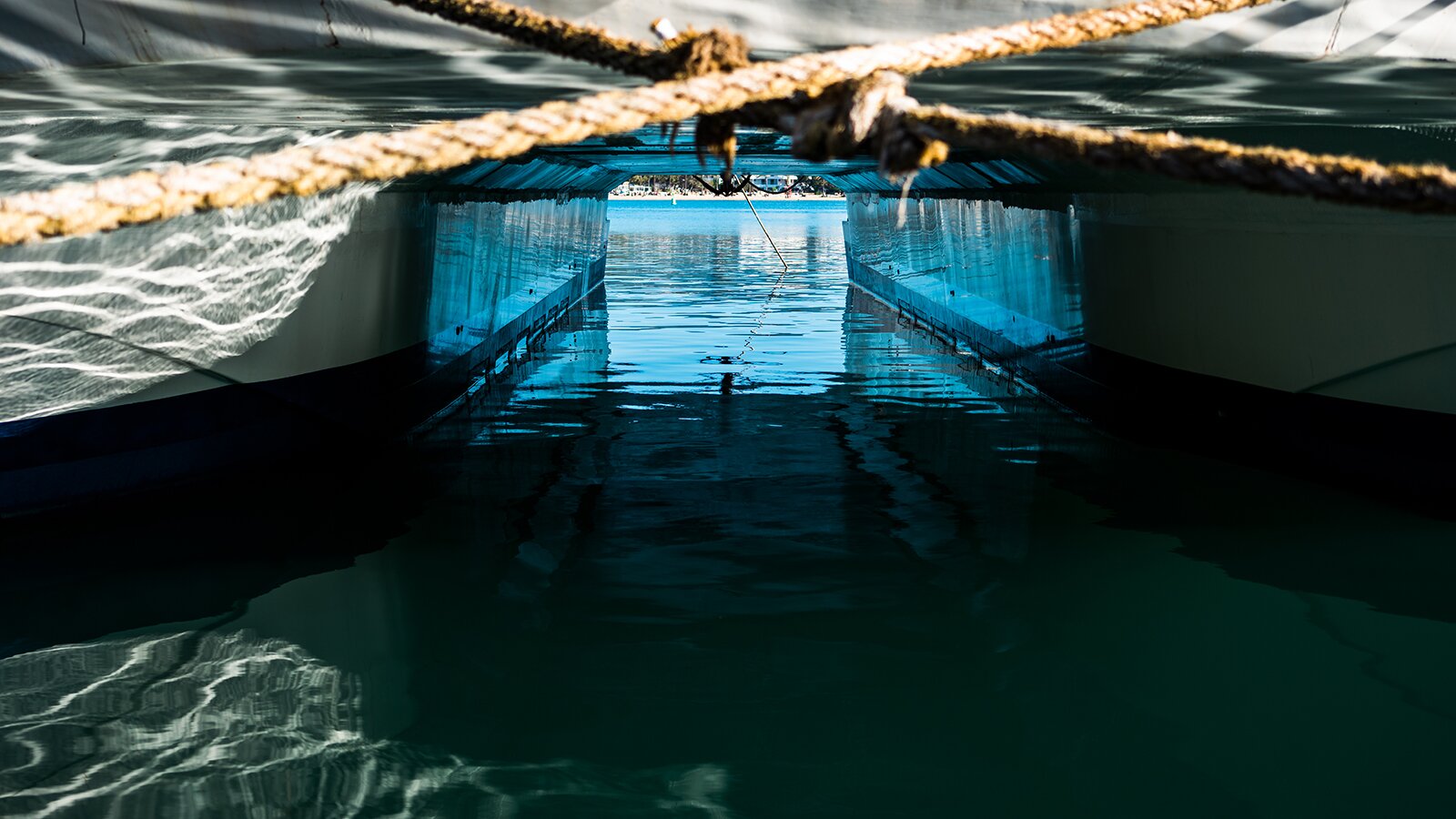In case you're wondering, I wrote an article about this topic a little over a year ago. But the topic continues to occupy me, so I would like to share my thoughts with you again.
Many artists become active because they are dissatisfied with social injustices or political problems. However, my work is not politically motivated at all and very mundane to be honest. My photos are meant solely to entertain. How can there be any dissatisfaction at all in such a positive environment of cheerful naked girls?
Others are better
First of all, there's looking at the work of others. When other photographers produce images that I like better than my own, it's deeply frustrating. Social media is a terrible "source of inspiration" in that regard, because looking at other people's great photos makes for a lot of frustration. This kind of dissatisfaction is not a motor. On the contrary: it is downright paralyzing! And channeling that frustration is not easy.
The only bad thing about your photo is that it wasn't taken by me.
It's difficult to find the balance between inspiration from other artists and your own creative vision. As soon as you compare yourself with others, it's over. Then it only has a demotivating effect.
I believe the way out is only through intense engagement with your own piece of work. Even in a light entertainment genre such as nude photography.
Authenticity
Authenticity is key. At its core, it's about being honest and truthful in one's artistic expression and staying true to oneself, rather than being guided by outside influences or expectations.
For an artist, authenticity means focusing on one's own voice and perspective and viewing one's artistic creation as a form of self-expression. This is not meant to sound pompous.
The best way to do that is to not look too much to the left and right but to keep the focus on yourself. What sounds so simple is actually insanely difficult, as social media is part of our everyday lives and daily posts are required to be seen by other people (or displayed to them by the mysterious algorythm).
I have to admit, I don't master this technique myself yet. But in theory it works.
By the way, when I like other photographers' work particularly well, I don't feel envy, but the feeling of not being good enough myself. I also know that I can do better than I currently do, so I feel an incredible amount of unused potential in myself.
That is a terribly unsatisfying feeling.
It is also a challenge to stay true to yourself when it comes to asserting oneself in the face of public expectations. And last but not least, when there is commercial pressure and you feel dependent on it.
Others feel the same
In my circle of acquaintances is a star chef (Hi, Ricky!) and he reported something similar. His drive is that he always wants to create something new. He also never feels he's arrived, wants to experiment with new ingredients and create new flavors that re-enchant people. It was so good to hear that, because I know that feeling from myself.
And there are many examples in painting as well. For example, Jackson Pollock was a pioneer of the abstract expressionist movement in the USA. Although he is famous today for his work, he himself was often dissatisfied with his results and even destroyed many of his works. However, his dissatisfaction drove him to keep experimenting and developing new techniques that eventually led to his famous drip paintings.

Of course, I often have to repeat myself in my work. I feel that I have photographed all the poses that exist several times. But finding new subjects, new styles and new ways of portraying sensuality drives me.
A journey in stages
I have realized for myself that my creative work is like a journey in stages. And against my own dissatisfaction, it is useful to also acknowledge and appreciate my own progress and successes. It's hard for me to celebrate myself. Dissatisfaction is always stronger than satisfaction. Kind of unfair, isn't it?
What I'm saying is that creativity is an ongoing process that sometimes brings successes and sometimes failures. Even failures that result in something not being published are part of the creative process and can help sharpen the artist's vision. It's similar to the principle of elimination. Mistakes help you do better in the future.
Try yourself!
For me, an important step was understanding that not all ideas or projects need to be released to the public. In the past, I've produced a lot of garbage that I don't want anyone to see.
But it was important to try these things. And a good feeling to decide later to delete those photos forever.
Art is an ongoing process that includes ups and downs. I had to realize that I have to deal with fluctuations and not get discouraged. For example, when my expectations could not be fulfilled and how different my vision of a photograph was from the picture I took.
Please do not confuse dissatisfaction with depression. I'm not going to cut off my ear like Vincent van Gogh. Don't worry. Understanding my dissatisfaction not as unhappiness, but as a motor, has helped me. Because the feeling as such is not pleasant. But it drives me.

Although the idea of creativity as an unstructured, spontaneous process is often romanticized, a structured approach to creative work can be more helpful. I'm convinced of that. Through diligence and an established work routine, you move forward on the creative journey.
Conclusion
Dissatisfaction drives me. Yet I need structure and diligence to develop creativity and realize my visions. Experimentation, curiosity and mastering technical skills are all part of the craft. Developing my own artistic identity through authenticity establishes depth, even in mundane art. Pressure from social media and competing artists should never unbalance one's creativity. Dissatisfaction doesn't have to discourage, but can serve as motivation.
